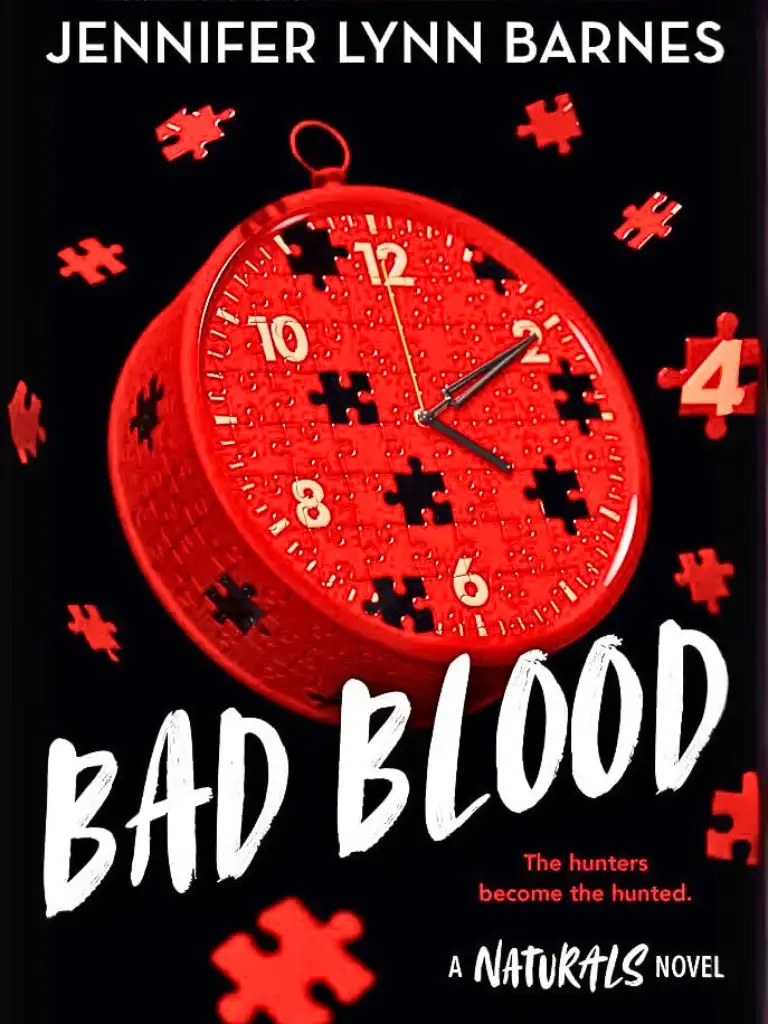The military doctor takes Sergeant Major von Rumpel’s temperature. Inflates the blood pressure cuff. Examines his throat with a penlight. This very morning von Rumpel inspected a fifteenth-century davenport and supervised its installment onto a railcar meant for Marshal Göring’s hunting lodge. The private who brought it to him described plundering the villa they took it from; he called it “shopping.”
The davenport makes von Rumpel think of an eighteenth-century Dutch tobacco box made out of brass and copper and encrusted with tiny diamonds that he examined earlier this week, and the tobacco box sends his thoughts, as inexorably as gravity, back to the Sea of Flames. In his weaker moments, he imagines walking in some future hour between arcades of pillars in the great Führermuseum at Linz, his heels clacking smartly on the marble, twilight cascading through high windows. He sees a thousand crystalline display cases, so clear they seem to float above the floor; inside them wait the world’s mineral treasures, harvested from every hole on the globe: dioptase and topaz and amethyst and California rubellite.
What was the phrase? Like stars flung off the brows of archangels.
And in the very center of the gallery, a spotlight falls through the ceiling onto a pedestal; there, inside a glass cube, glows a small blue stone . . .
The doctor asks von Rumpel to lower his trousers. Though the business of war has not let up for even a day, von Rumpel has been happy for months. His responsibilities are doubling; there are not, it turns out, a lot of Aryan diamond experts in the Reich. Just three weeks ago, outside a tiny sun-streaked station west of Bratislava, he examined an envelope full of perfectly clear, well-faceted stones; behind him rumbled a truck full of paintings wrapped in paper and packed in straw. The guards whispered that a Rembrandt was in there, and pieces of a famous altarpiece from Cracow. All being sent to a salt mine somewhere deep beneath the Austrian village of Altaussee, where a mile-long tunnel drops into a glittering arcade filled with shelving three stories high, upon
which the high command is stacking Europe’s finest art. They will assemble everything under one unassailable roof, a temple to the human endeavor. Visitors will marvel at it for a thousand years.
The doctor probes his groin. “No pain?” “None.”
“Nor here?” “None.”
It would have been too much to hope for names from the lapidary in Paris. Dupont, after all, would not have known who had been given the replicas of the diamond; he had no insight into the last-second safeguards of the museum. But Dupont was of service nonetheless; von Rumpel needed a number, and he got it.
Three.
The doctor says, “You may dress,” and washes his hands at a sink.
In the two months leading up to the invasion of France, Dupont fashioned three replicas for the museum. Did he use the real diamond to make them? He used a casting. He never saw the real diamond. Von Rumpel believed him.
Three replicas. Plus the real stone. Somewhere on this planet among its sextillion grains of sand.
Four stones, one of them in the basement of the museum, locked in a safe. Three more to find. There are moments when von Rumpel feels impatience rising in him like bile, but he forces himself to swallow it back. It will come.
He buckles his belt. The doctor says, “We need to take a biopsy. You will want to telephone your wife.”








